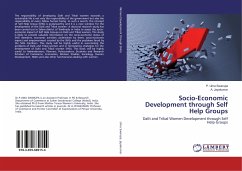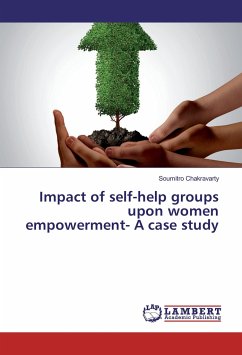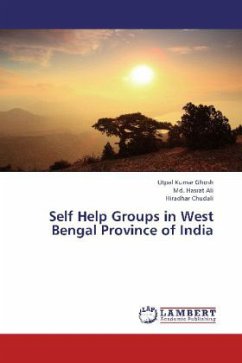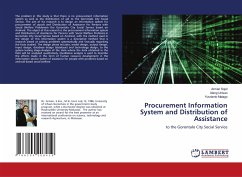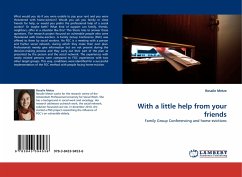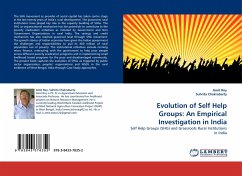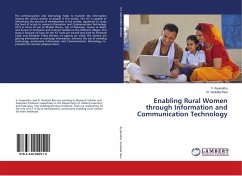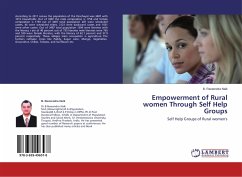
Empowerment of Rural women Through Self Help Groups
Self Help Groups of Rural women's
Versandkostenfrei!
Versandfertig in 6-10 Tagen
27,99 €
inkl. MwSt.

PAYBACK Punkte
14 °P sammeln!
According to 2011 census the population of the Panchayat was 3487 with 1012 households. Out of 3487 the male composition is 1758 and female composition is 1759 out of 3487 total population 287 were scheduled castes, 46 were scheduled tribes, 2123 were backward castes and 1031 were other castes. Out of 3487 total population 1394 were literates with the literacy r ate of 40 percent out of 735 literates male literates were 765 and 529 were female literates, with the literacy of 62.1 percent and 37.9 percent respectively. Those villages main occupation is agriculture. The farmers cultivate crops l...
According to 2011 census the population of the Panchayat was 3487 with 1012 households. Out of 3487 the male composition is 1758 and female composition is 1759 out of 3487 total population 287 were scheduled castes, 46 were scheduled tribes, 2123 were backward castes and 1031 were other castes. Out of 3487 total population 1394 were literates with the literacy r ate of 40 percent out of 735 literates male literates were 765 and 529 were female literates, with the literacy of 62.1 percent and 37.9 percent respectively. Those villages main occupation is agriculture. The farmers cultivate crops like Paddy, Sugar cane, Mango, Vegetables, Groundnut, Chilies, Tomato, and Sunflower etc.




